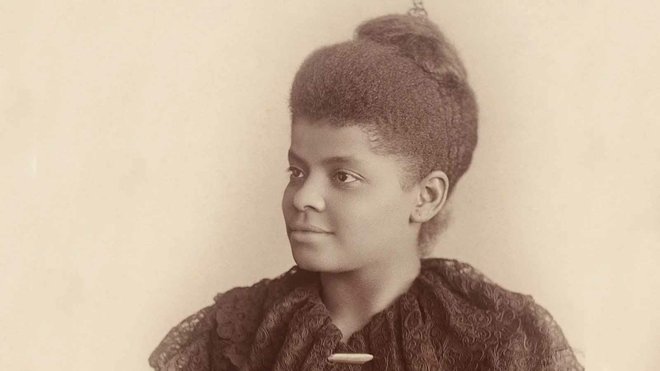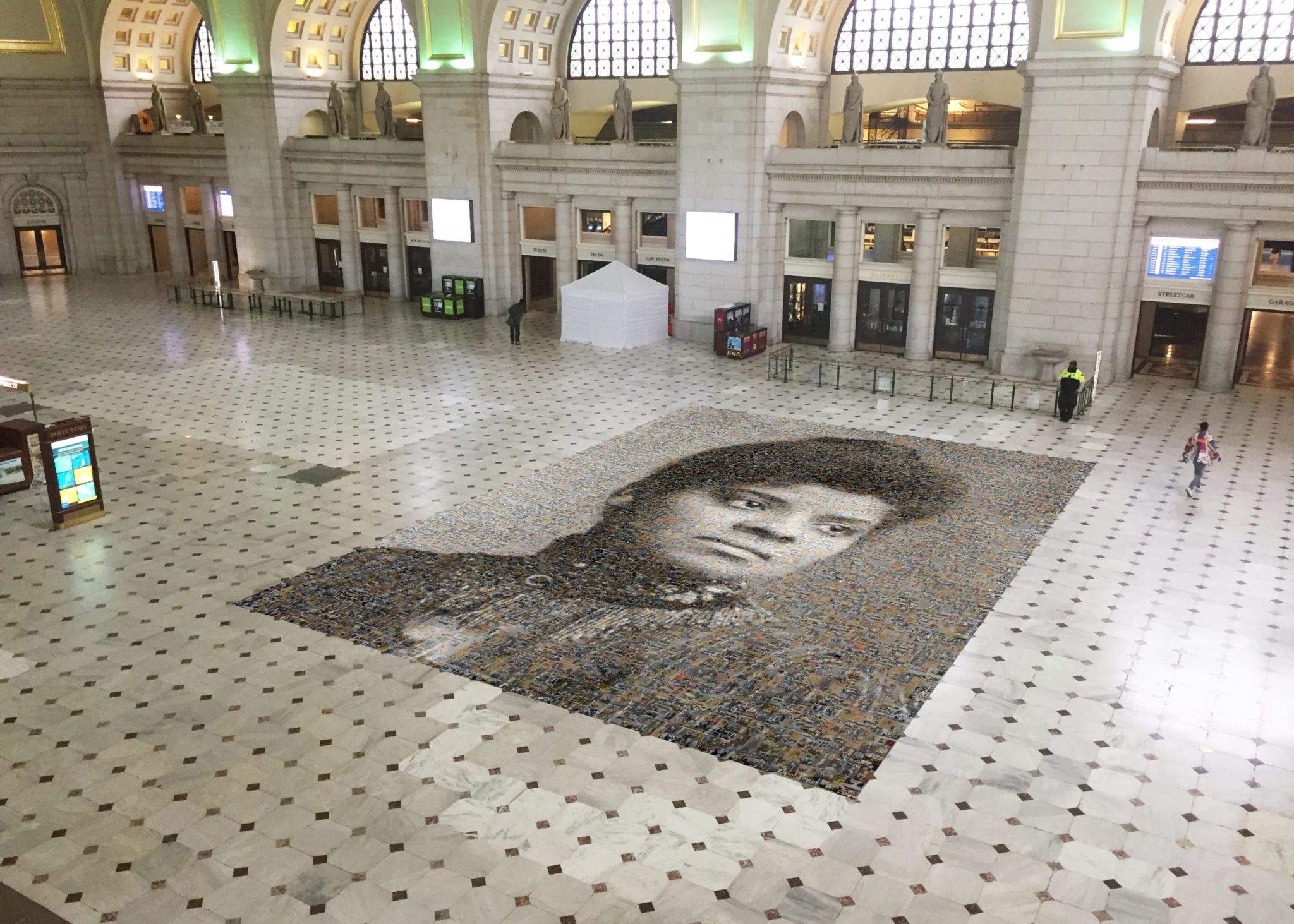xoxodede
Superstar
Pulitzers honor Ida B. Wells, an early pioneer of investigative journalism and civil rights icon

Creative Commons
May 4, 2020 Barbara Allen
Pulitzers
Category:Reporting & Editing
In granting a posthumous citation to Ida B. Wells, the Pulitzer Prizes honors one of America’s earliest and most intrepid investigative reporters.
Ida B. Wells was born a slave in Mississippi in 1862. She became and a writer and publisher who crusaded against lynching and for civil rights in the deep South after the Civil War. It was death-defying work for a black woman, who spent months journeying through the Southern states, investigating the lynchings of black men through records research and in-person interviews — a process that laid the groundwork for modern investigative techniques.
At 30, and as the co-owner and editor for The Memphis Free Speech and Headlight, Wells took on that most famous work, attempting to investigate the trope that lynchings usually followed the rape of white women by black men. She discovered, of course, that this was patently false: “Nobody in this section of the country believes the threadbare old lie that Negro men rape white women,” Wells wrote. Instead, she wrote, the horrible violence — and threat of that violence — were simply a means for white citizens to terrorize and oppress African Americans. Her writing was published across the United States and abroad, and included the pamphlets-turned-books “Southern Horrors” and “The Red Record.”
She continued her career as a journalist and advocate for civil rights, even after her life was threatened and she was forced to flee Memphis, her newspaper offices plundered and her presses destroyed. She is considered one of the founders of the NAACP and her later advocacy included organizing boycotts, the suffrage movement and anti-segregation activism.
RELATED TRAINING: Make Diversity a Priority During the Pandemic
She died in Chicago in 1931 of kidney disease. She was 68.
Wells was among the first people recognized when The New York Times launched its “Overlooked” series of obituaries — people whose deaths did not merit a writeup at the time. Said her Times obit writer Caitlin dikkerson, “As a journalist, I’m grateful that in investigating lynchings of black men, Ida B. Wells pioneered reporting techniques that remain central tenets of modern journalism.”
Most recently, The Ida B. Wells Society for Investigative Reporting, established in 2016, is “a news trade organization dedicated to increasing and retaining reporters and editors of color in the field of investigative reporting.” It was founded by journalists Ron Nixon, Topher Sanders and Nikole Hannah-Jones, who also was named a Pulitzer winner today.
The citation comes with a bequest of $50,000, said Dana Canedy, Pulitzer administrator, with details to come.
Pulitzers honor Ida B. Wells, an early pioneer of investigative journalism and civil rights icon - Poynter

Creative Commons
May 4, 2020 Barbara Allen
Pulitzers
Category:Reporting & Editing
In granting a posthumous citation to Ida B. Wells, the Pulitzer Prizes honors one of America’s earliest and most intrepid investigative reporters.
Ida B. Wells was born a slave in Mississippi in 1862. She became and a writer and publisher who crusaded against lynching and for civil rights in the deep South after the Civil War. It was death-defying work for a black woman, who spent months journeying through the Southern states, investigating the lynchings of black men through records research and in-person interviews — a process that laid the groundwork for modern investigative techniques.
At 30, and as the co-owner and editor for The Memphis Free Speech and Headlight, Wells took on that most famous work, attempting to investigate the trope that lynchings usually followed the rape of white women by black men. She discovered, of course, that this was patently false: “Nobody in this section of the country believes the threadbare old lie that Negro men rape white women,” Wells wrote. Instead, she wrote, the horrible violence — and threat of that violence — were simply a means for white citizens to terrorize and oppress African Americans. Her writing was published across the United States and abroad, and included the pamphlets-turned-books “Southern Horrors” and “The Red Record.”
She continued her career as a journalist and advocate for civil rights, even after her life was threatened and she was forced to flee Memphis, her newspaper offices plundered and her presses destroyed. She is considered one of the founders of the NAACP and her later advocacy included organizing boycotts, the suffrage movement and anti-segregation activism.
RELATED TRAINING: Make Diversity a Priority During the Pandemic
She died in Chicago in 1931 of kidney disease. She was 68.
Wells was among the first people recognized when The New York Times launched its “Overlooked” series of obituaries — people whose deaths did not merit a writeup at the time. Said her Times obit writer Caitlin dikkerson, “As a journalist, I’m grateful that in investigating lynchings of black men, Ida B. Wells pioneered reporting techniques that remain central tenets of modern journalism.”
Most recently, The Ida B. Wells Society for Investigative Reporting, established in 2016, is “a news trade organization dedicated to increasing and retaining reporters and editors of color in the field of investigative reporting.” It was founded by journalists Ron Nixon, Topher Sanders and Nikole Hannah-Jones, who also was named a Pulitzer winner today.
The citation comes with a bequest of $50,000, said Dana Canedy, Pulitzer administrator, with details to come.
Pulitzers honor Ida B. Wells, an early pioneer of investigative journalism and civil rights icon - Poynter


